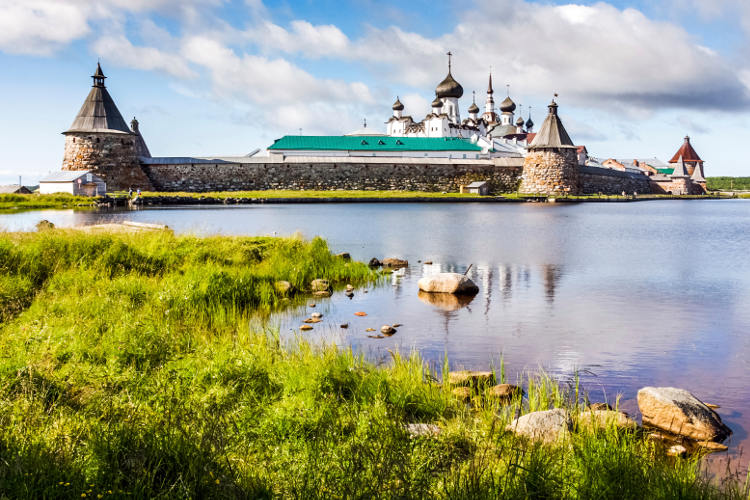
Dubbed ‘the mother of the gulag’ by Aleksandr Solzhenitsyn in Gulag Archipelago, the Solovetsky Islands (aka Solovki) drift in the White Sea’s mists, far away from any other human habitation. The heart of the main Bolshoy Solovetsky Island is the Transfiguration Monastery – a rebel enclave, a fortress against British warships and a camp for the Soviet Union’s political prisoners; the nearby museum initiates visitors into the Solovki’s history as a penal colony. You can explore the island’s sites by bicycle, go beluga whale-watching with a tour or take a boat to Bolshoy Zayatsky Island, home to 13 mysterious stone labyrinths thought to have been constructed by the ancestors of the Sami for ritual purposes.
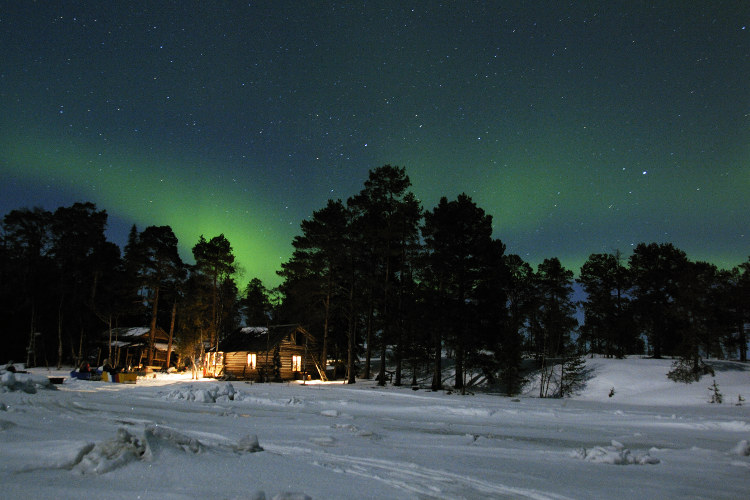
If you’ve come to the Russian Arctic north, it’s a shame to leave without dipping your toes in the world’s coldest ocean. A gravel road leads through the snow-covered tundra that stretches as far as the eye can see, terminating at the village of Teriberka on the shores of the Barents Sea, where fishermen have lived since the 16th century. With its skeletons of boats on the beach, abandoned Soviet-era housing and a colourful seafront cemetery, it’s strangely picturesque; in summer you can take advantage of the 24-hour daylight and spend the night wandering the surrounding hills and the coastline.
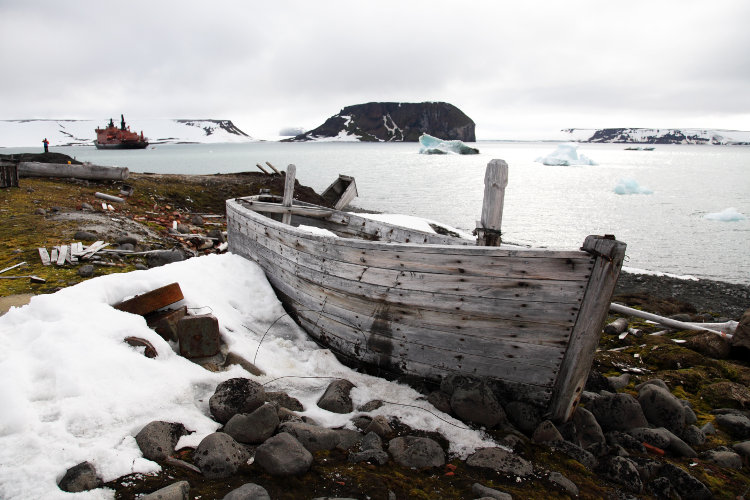
A gritty miners’ town, with open-pit mines and shells of Soviet buildings set against the backdrop of the Khibiny mountains and Lake Veliky Vudyavr, Kirovsk really comes into its own in winter: a surprisingly good skiing scene lasts until mid-May and ice skaters take to the frozen lakes. Every November, ice sculptors from all over the Kola Peninsula converge here to chisel into existence the ice sculptures and fairytale creatures which decorate the frigid halls of the annual Snow Village (December–March), just north of Kirovsk. You can even marry your sweetheart in the Ice Chapel (if you don’t get cold feet, that is).
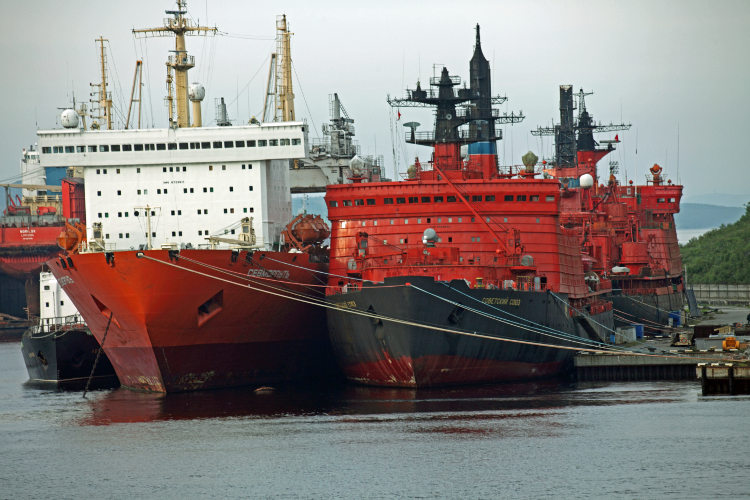
Russia’s northernmost port, dotted with largely uninspiring Soviet-era architecture, Murmansk is nevertheless a surprisingly lively and cosmopolitan place. You can play out your Cold War fantasies aboard Lenin, the world’s first nuclear icebreaker, check out show-stopping photos of the frozen Franz Josef Land at the Museum of the Northern Fleet, or get nostalgic over Zenit cameras and other USSR memorabilia at the Regional Studies Museum. Also sample the diverse dining scene, from the solidly Russian fare of folktale-themed Traktir Zhily-Bily to the imaginative Eurocentric dishes of hip lounge Terrasa and the fabulous salads and cocktails of the MTV generation’s Fusion.
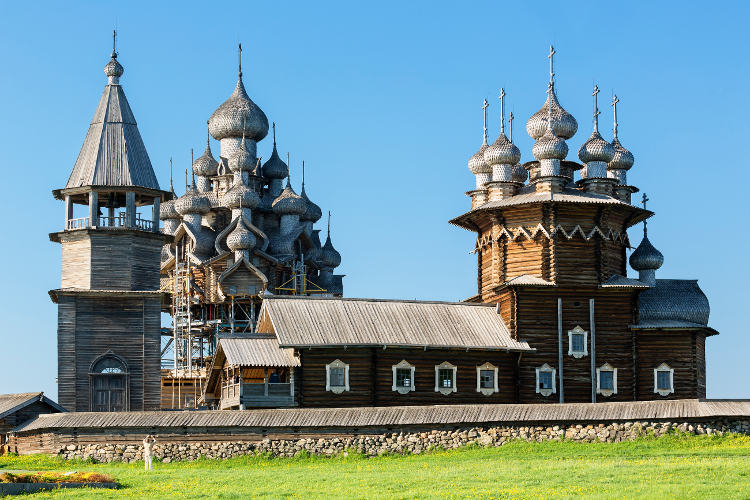
Sitting pretty on one of Lake Onega’s islands and easily reachable by hydrofoil from Petrozavodsk, the open-air museum of Kizhi showcases traditional Karelian wooden architecture. The coastal path meanders past merchants’ houses, peasant huts and the gorgeous Church of Transfiguration with its proliferation of miniature domes, while weavers and blacksmiths demonstrate their skills en route. Arkhangelsk’s Malye Karely Wooden Architecture Museum also features dozens of reconstructed mansions, chapels and churches, the latter complete with icon ‘skies’ typical of the Russian north.
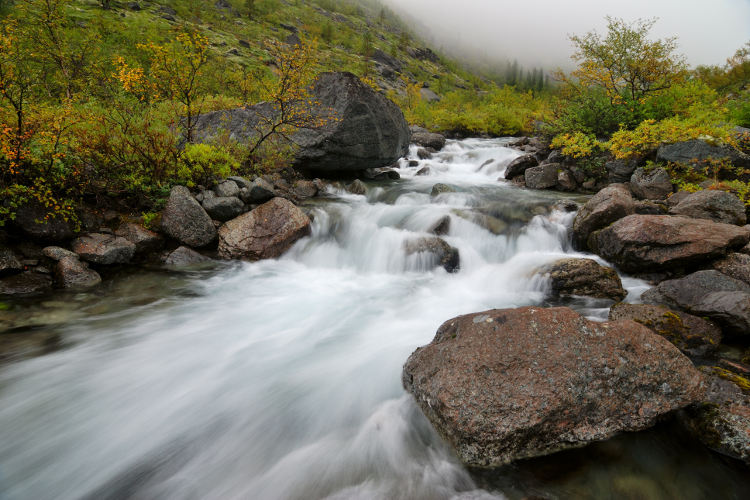
For a taste of Russian rural life, head to the village of Lekshmozero, a scattering of wooden houses complete with a picturesquely crumbling church on the banks of Lake Lekshmo. It’s part of the Kenozero National Park, a patchwork of forests, lakes and historic wooden churches; the friendly visitors centre on the lakeshore can arrange accommodation in the nearby Fisherman’s Hut Hotel, including a traditional Russian banya (steamroom). As there are only two weekly buses here from Kargopol, it’s best to organise a tour with Lache Turbureau ; in winter the tours include ice fishing.
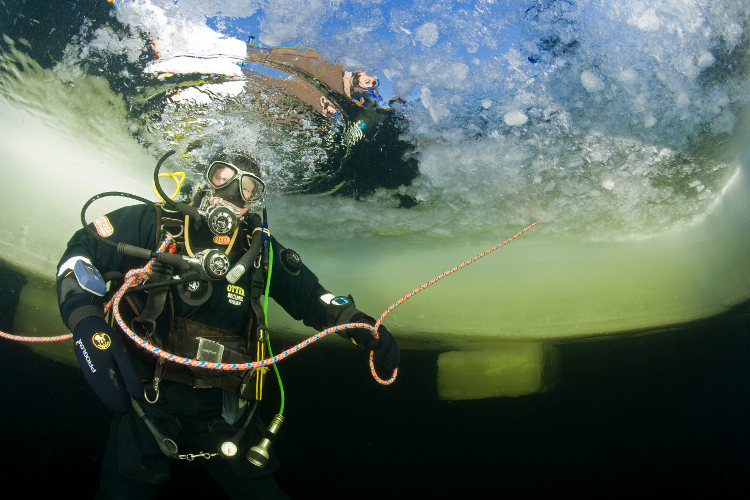
Reachable by a potholed road branching off the main Kola Peninsula highway, Lovozero is a village where around 900 of Russia’s 1600 Sami people are still resident. The excellent Sami History & Culture Museum (closed on Mondays) celebrates the heroic efforts to keep their culture and language alive and features some exquisite beadwork, bone-inlaid woodwork and knives in reindeer antler sheaths, made by local Sami masters – part of the revival of traditional Sami craft. Fourteen kilometres east of Lovozero you can stop by the Husky Park Lesnaya Elan for husky- and reindeer-sledding in winter, or visit a Sami open-air museum and try traditional Sami food year-round.
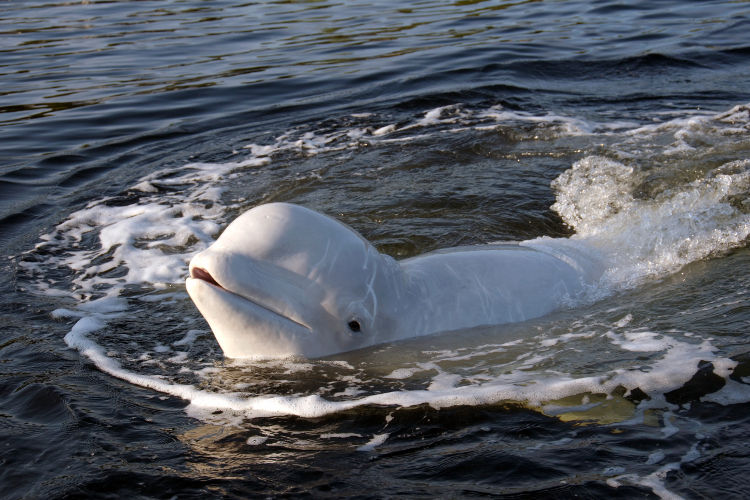
Ancient petroglyphs scratched into the cliffs of Lake Kanozero, amethyst-littered Tersky Coast, wild horses spotted near a natural desert on the Kola Peninsula’s southern shore, fly-fishing for Atlantic salmon on the Varzuga River, ice diving and snorkelling with beluga whales…the attractions around the White Sea are as diverse as they are remote. Kola Travel organises tours of the region, while Roxtons specialises in fly-fishing and Arctic Circle PADI Dive Centre takes you beneath the waves.
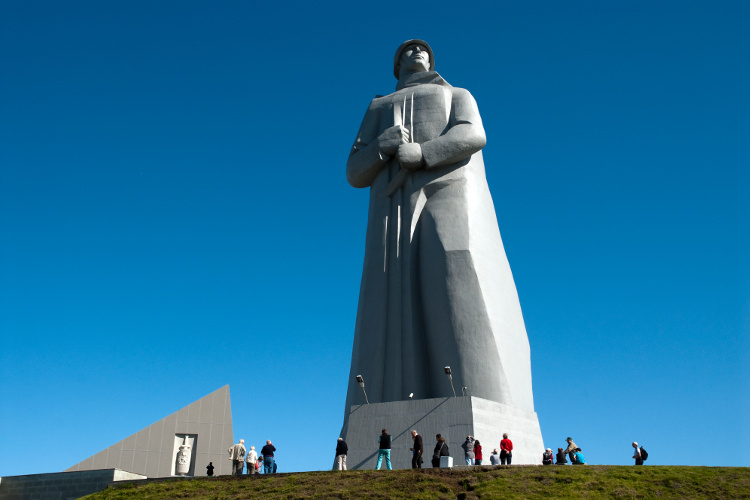
Lenins in various poses still stand proud in Russia’s northern cities, from Petrozavodsk’s ‘My Heart Will Go On’ statue on Ploshchad Lenina gazing pensively into the distance to ‘Can you spare a dime?’ Lenin with cap in hand in Murmansk. In Arkhangelsk, grim-faced statues of servicemen comprise the War Victory Monument built in honour of the city’s tremendous suffering during WWII, while in Murmansk you can amble to the Alyosha memorial – a gigantic concrete soldier commemorating the Arctic fighters who perished in WWII.
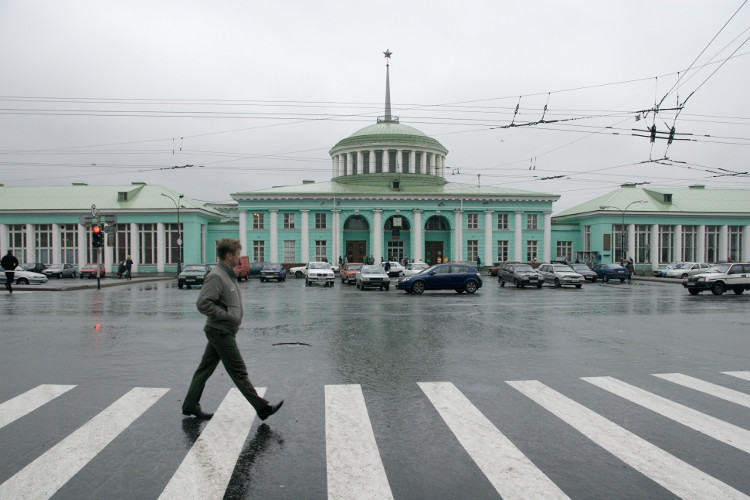
Easily visited on a day tour from Petrozavodsk, the blue-domed Transfiguration Monastery nestles by the shore on the main island of densely forested Valaam archipelago, right in the middle of vast Lake Ladoga. Follow the stampede of pilgrims into the ornate main church, sample the smoked fish and gingerbread made by the monks, or escape the crowds by exploring the smaller churches, chapels and sketes on the bridged islets, isolated headlands and tranquil inland bays.